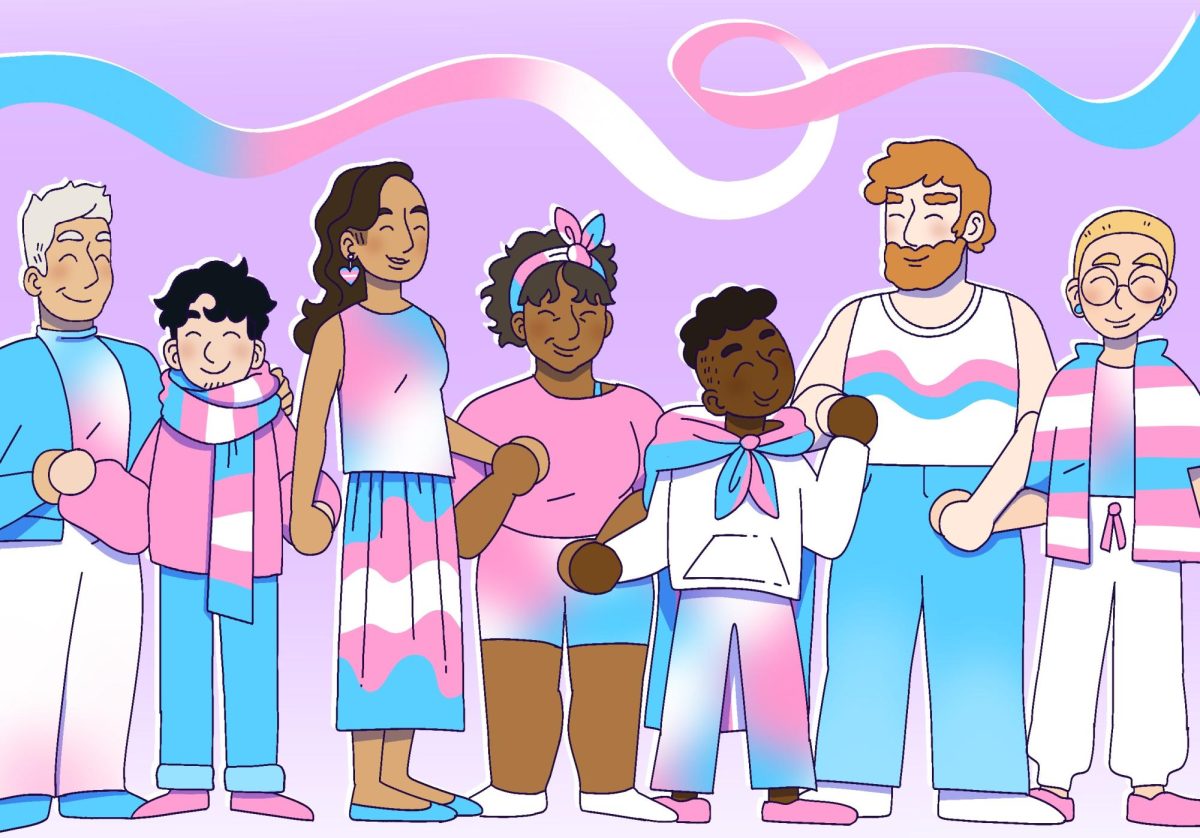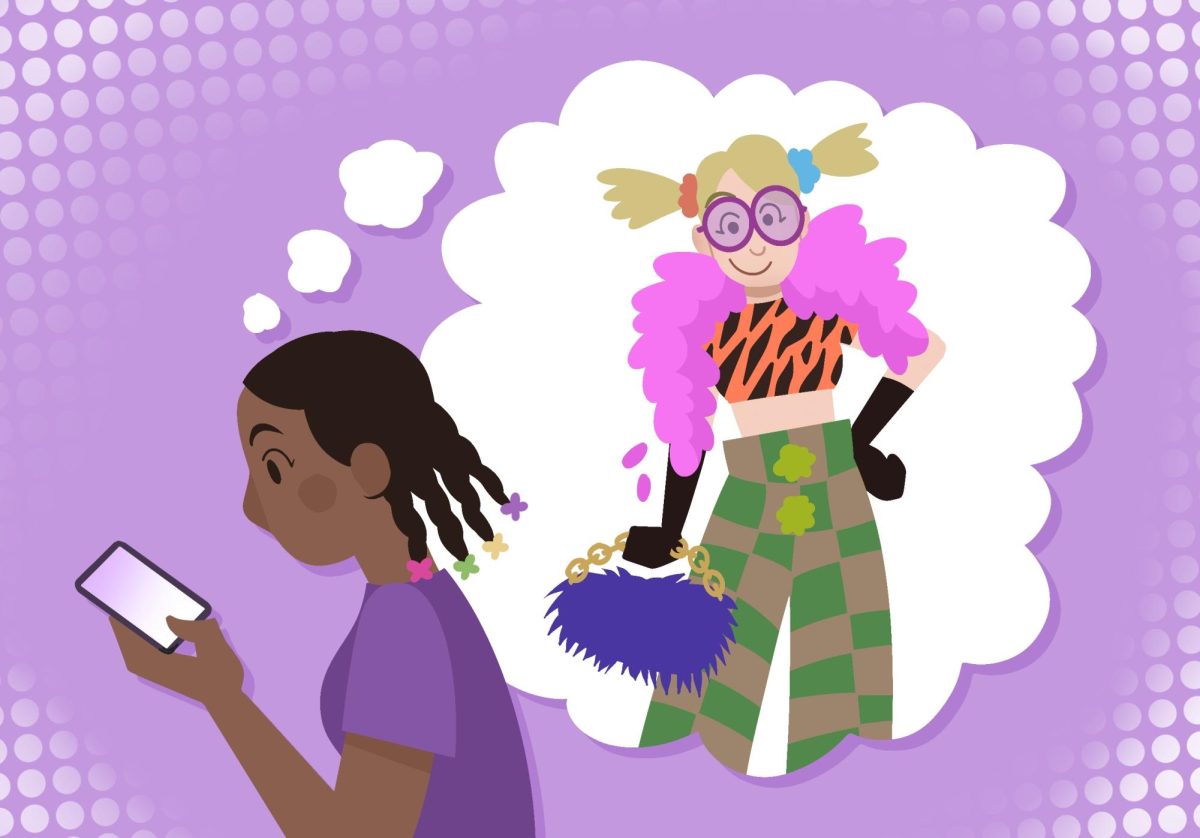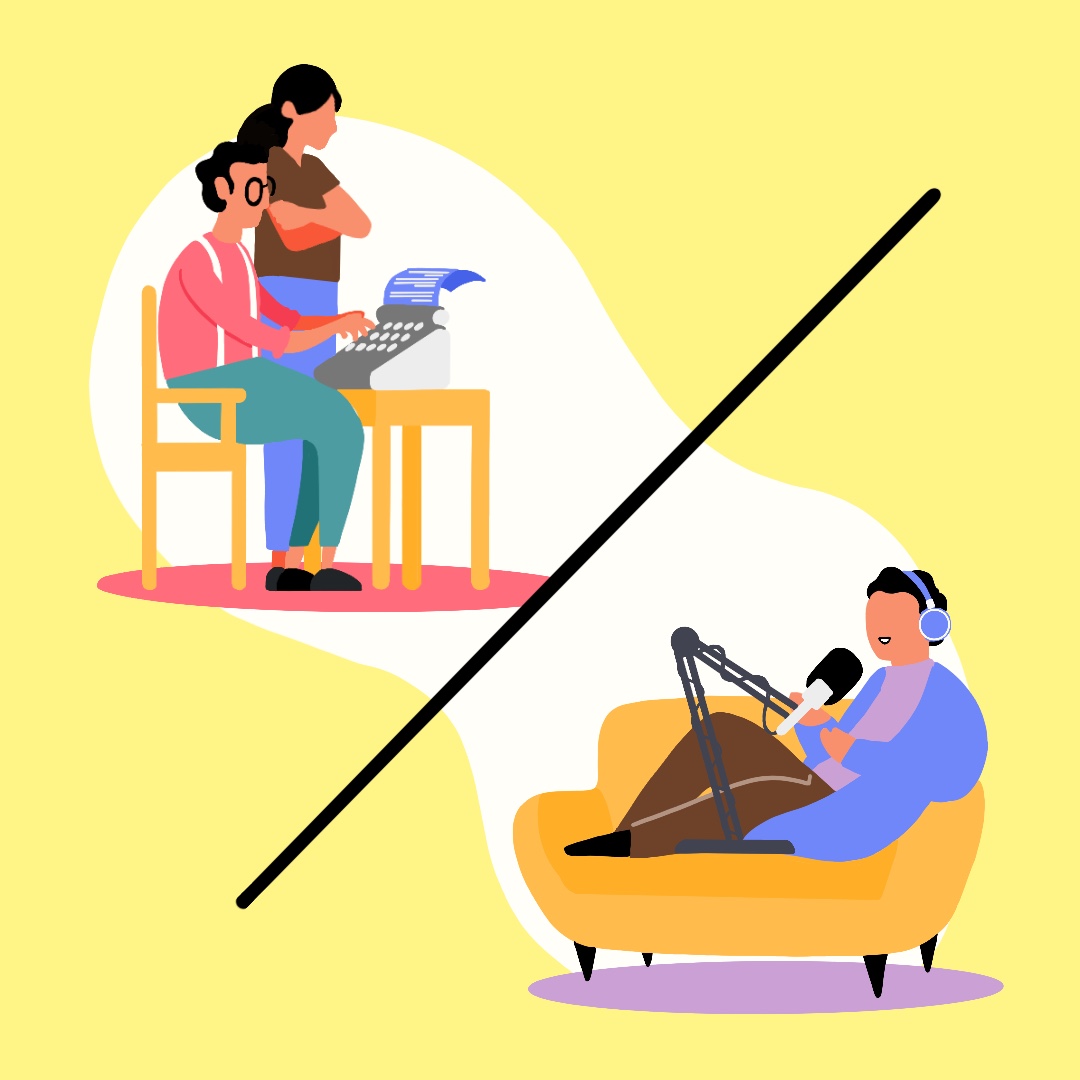Earlier this month, workers at four Half Price Books stores in the Twin Cities went on strike.
The stores, which unionized in 2022, were the first of the national company’s locations to unionize. Since then, four more stores have followed suit and a ninth may soon follow.
Among other needs, workers are fighting for a wage increase at a time when inflation is making the cost of living in the Twin Cities soar. In response, the company offered them a measly 1% wage increase.
“Half Price Books management has repeatedly failed to approach negotiations with the respect and seriousness workers deserve,” Hanna Anderson, a Half Price Books worker at the St. Paul location, said in a statement. “Instead of living up to Half Price Books’ purported family-owned values, management offered workers an offensive 1% wage increase while violating federal labor law in the process.”
“If Half Price Books wants its values to be anything more than a shallow punch line,” Anderson continued. “Then management should stop their hypocrisy and treat workers like family by providing us with real raises and the security a union contract provides.”
While the strike marks just one move in the long-term strategy of Half Price Books organizers, it follows a vibrant pandemic-induced explosion of worker power in the Twin Cities.
Since the beginning of the pandemic, Minnesota has seen unionizing efforts in museums, local distilleries and coffee shops, Starbucks and Trader Joe’s locations –– and even Planned Parenthood North Central States. Earlier this year, graduate student workers at the University of Minnesota successfully voted to unionize.
In 2022, Minneapolis public school teachers went on strike for nearly three weeks, the first such action by Twin Cities educators since 1970. Later in the year, an estimated 15,000 nurses in the Twin Cities and Duluth walked off the job in a three-day strike. The strike was the largest private-sector nurses’ strike in U.S. history. A second strike was narrowly averted after a deal was reached by negotiators.
Across the state, unionized workers have won wage increases, greater COVID-19 protections, improved benefits and more.
“The biggest leverage that a worker has is withholding their labor,” said Alison Marcanti, a registered nurse at United Hospital in St. Paul. Marcanti was a rotating member of the negotiating team during last year’s strike.
“A strike happens when you know there’s no other recourse and we’ve determined that we are not making any more progress at the negotiating table,” she said.
Marcanti said the public was generally supportive of the nurses’ strike, as many people related to the working conditions the nurses were protesting and were empathetic to the COVID exposure the nurses risked as frontline workers. The pandemic, she said, increased support for organizing overall.
The pandemic was also famously characterized by the “great resignation,” in which millions of people quit their jobs. In 2021, 47.7 million workers voluntarily left their jobs. By the end of 2022, so had 50.5 million more. Some left the workforce altogether, but many simply traded one workplace for another one better suited to their needs and lifestyles.
The “great resignation” enabled millions of people to unionize in workplaces where their poorly compensated labor was harder to replace and therefore more valuable. As the national rate of resignation slows down, experts and journalists alike wonder what this moment of worker power will mean in the long term.
Does this signal a change in work culture and how people show up to their jobs? Will staffing shortages in sectors like education continue? How will hard-won wage increases stack up against inflation? As companies’ pandemic-era benefits and protections are rolled back, will workers stay where they are or take off?
As the harshest years of the pandemic recede, a tentative shift in the balance of power could award long-term benefits to workers and unions. But as challenge after challenge comes workers’ way, there is always the chance that advances could be canceled out.
“Time is not necessarily on labor’s side because there was all this momentum with the pandemic and all this public support,” Marcanti said. “Organizing is not sexy. It’s very time involved and people have lives to live. When the economy is good, it’s not at the forefront of their lives. So I do think that leaders within labor organizing need to be very diligent at this time to kind of keep people’s focus.”
My urging to the unionized workers of Half Price Books — and all current and future negotiating efforts in the Twin Cities — is to keep going. You are not alone.
During last year’s nursing strike, representatives from the teachers’ union often called into the nurses’ union virtual meetings, Marcanti said. Building connections with other unionized workers was important emotional and social support as well as a critical information-sharing practice.
From October 2021 to September 2022, the National Labor Relations Board reported a 53% increase in union election petitions. This was the highest single-year increase in unionization since 2016.
The 2022 net increase in unionization was also entirely among workers of color — the number of unionized workers of color increased by 231,000 while white workers’ numbers decreased by 31,000.
Not only are unionized workers in good company, but many wish they were. Further evidence suggests more than 60 million workers in 2022 wanted to join a union, but couldn’t.
That’s what makes this moment so special: unionization is in the public consciousness, in the media and on the minds of millions of working people. The ability and willingness of employees to unionize is not a given, and it is not necessarily a renewable resource.
Think of the University’s graduate student workforce, who earlier this year successfully voted to unionize after a failed vote in 2010. If the vote had taken place three or five or ten years after the pandemic, would workers be interested in a union?
Marcanti said “there’s a risk of people getting more complacent again and not remembering or realizing” the effects of an employer cutting their wages “at a whim” without protections.
To negotiating Half Price Books workers, to the graduate workers organizing at the University and to others who might be trying to unionize or in the process of negotiating a contract: don’t stop. This moment is critical, and the victories won this year will reverberate for many to come.
Good luck!














